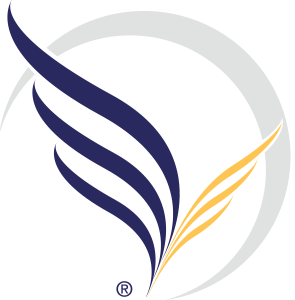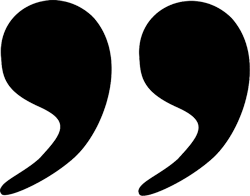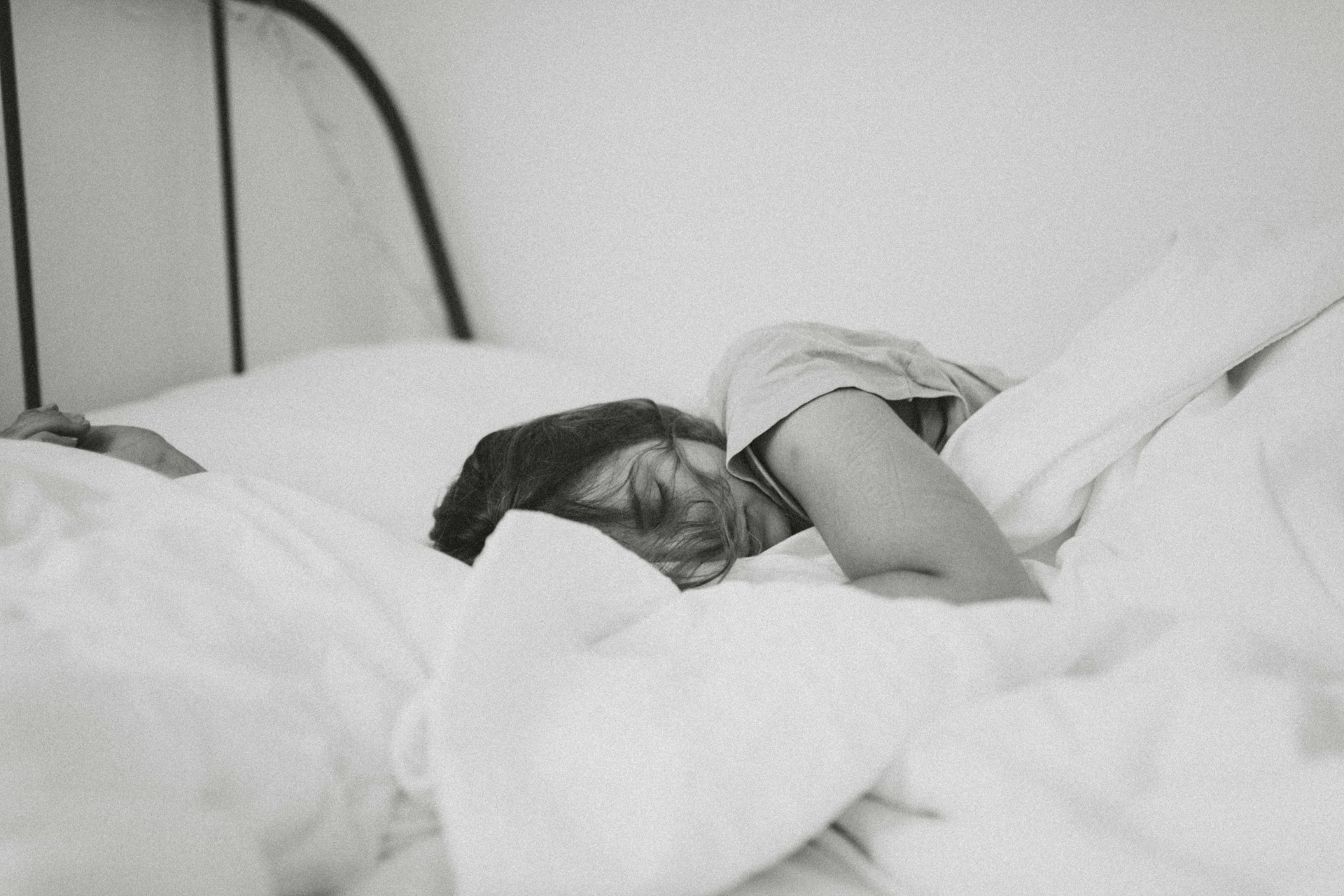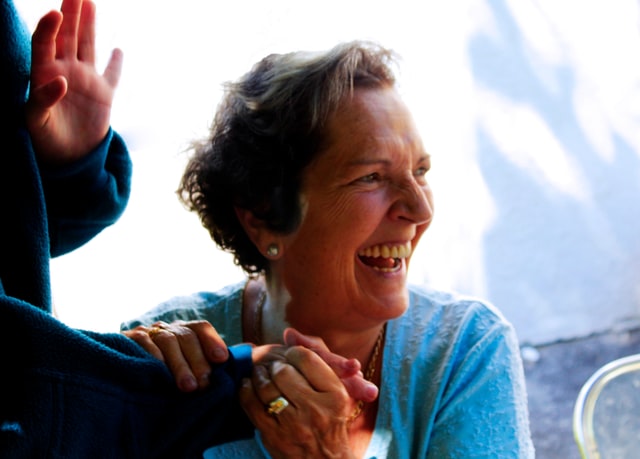
Aging and Venous Disease: Over 65 is Higher Risk
We all joke about our bodies “falling apart” as we get older, but the reality is that different functions do, unfortunately, weaken over time. As we age, we recover more slowly than we did in our 20s, 30s, and 40s. The veins are no exception.
Vein walls and valves weaken, leading to poor circulation and pooling in the veins. This can cause bulging, painful varicose veins, spider veins, and discomfort. In some cases, blood clots may also develop.
Aging also leads to new chronic diseases and immobility which, unfortunately, worsen the likelihood of vein disease and symptoms.
It’s important to listen to your body, speak with your primary care provider or call a vein specialty clinic for a vein health check and treatment recommendations.

Pregnancy and Venous Disease
Many women who develop varicose veins and spider veins report it starting sometime during pregnancy. Multiple factors of pregnancy increase the risk including – weight gain, hormonal changes and an increased blood volume designed to sustain the life growing in your body. These hormones also work to protect Mom from blood loss during delivery; however, the drawback of this is that circulation starts to slow in early pregnancy, increasing the risk of blood clots and varicose veins. These changes of pregnancy result in an increased risk of blood clots until 6-12 weeks after delivery.
It’s crucial to follow our ‘Better Veins for Life® Principles’ during your pregnancy to prevent swelling, improve venous circulation and decrease your risks of developing varicose veins. However, it’s equally important to discuss any problems with your OBGYN and ask to see a vein specialist for painful tender varicose veins, leg, swelling, heaviness, or itching.

Family History
You inherit more than your grandmother’s eyes and your father’s nose. Family health history is important for preventive care, and vein health is no different. If your parents or grandparents had visible varicose veins your risks are greater. Take preventive measures and schedule a vein health check if you notice a problem. .
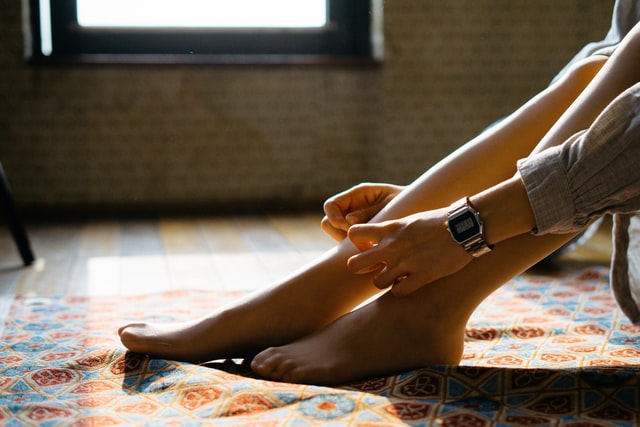
Unexplained Leg Pain, Cramps, and Restless Legs
Some of you may have hidden vein disease with no outward signs. Maybe your legs hurt when you exercise or pull a muscle, and cramps can be caused by dehydration or low potassium levels. However, if you frequently experience unexplained leg pain or cramps, this could be a sign of venous insufficiency.
You don’t see any visible veins? Varicose veins aren’t always visible. Veins deep in the leg can experience venous insufficiency or blood clots with no visible symptoms, so it’s important to reach out to a vein specialist for a vein health check if your legs are bothering you.
Legs can also feel heavy for no reason, and restless leg syndrome is often a symptom of varicose veins.
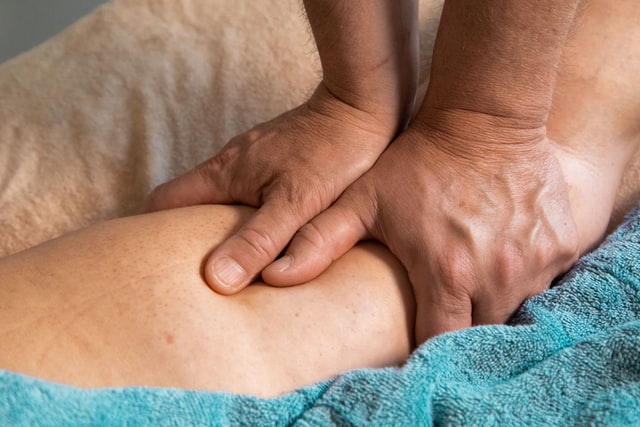
Leg Swelling/Lymphedema
Lymphedema or swelling is caused by inflammation and fluid retention in the lymphatic system. The swelling and discomfort can be brutal for sufferers. However, swelling can also be an indication or contributing cause for venous disease. These conditions often coincide, so it’s important to seek care and support from a vein specialist for leg swelling.

Frequent Travel and Venous Disease
How many times have you heard about someone developing a blood clot during a long flight? It happens often, so get a vein health check and receive guidance on preventive measures if you fly or drive long distances. It doesn’t matter if you’re a truck driver, daily commuter, or fly internationally for work; venous disease is a risk for anyone who sits for long periods of time, and travel is often the culprit.

Sitting or Standing for Long Hours for Work
Do you sit at a computer all day or stand in one spot for most of your day? Teachers, nurses, data entry clerks, and customer service representatives are all high risk for developing venous disease. Most working professionals are at greater risk for varicose veins and blood clots, so getting a vein health check is recommended to evaluate for signs of venous insufficiency.
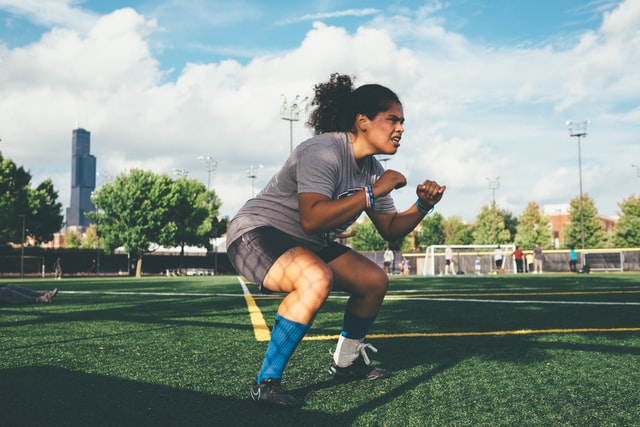
Athletes and Venous Disease
While a sedentary lifestyle is the bigger risk factor for developing venous insufficiency, athletes are also at risk. Bodybuilders, for example, put a lot of strain on their bodies, are at risk for varicose veins and may miss the signs. This is because oxygenated blood flows more freely, making veins appear prominent. Athletes often associate visible veins with healthy circulation and may miss even the visible warning signs of varicose veins.
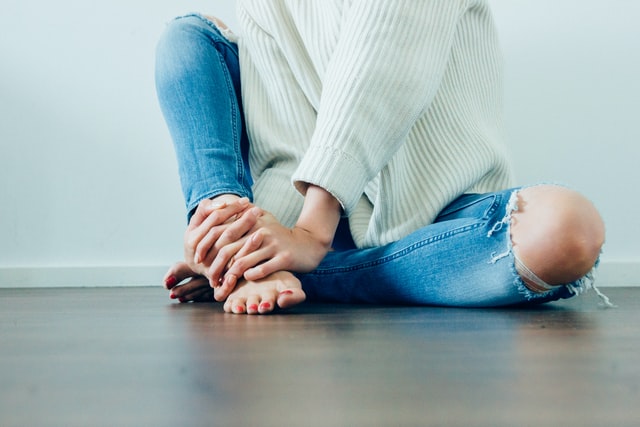
Leg Itching and Eczema
Unexplained itching or a mysterious rash could be a sign of venous insufficiency. In fact, some eczema rashes are caused by a varicosity leaking fluid into the skin, causing irritation. If you have a scaly rash on the lower leg or feet, get a vein health check with a vein specialist in addition to a trip to your dermatologist.
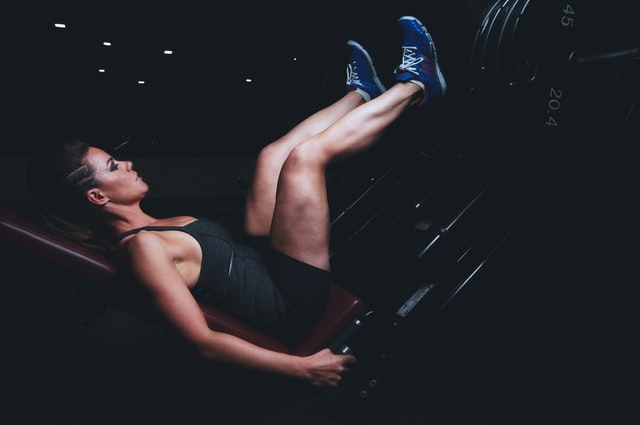
Visible Veins
Bulging veins or spider veins are the most obvious and common reason for people seeking a vein health check. If you aren’t sure if your visible veins are healthy, speak with your primary care physician or book an evaluation with a vein specialist.
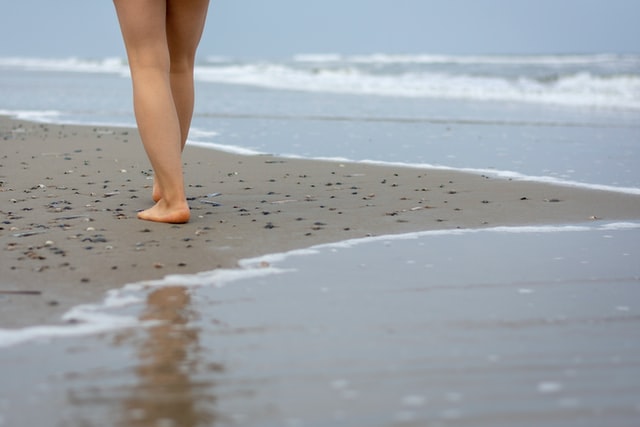
Red, Hot, Tender Spot on the Leg
This is a warning sign for a blood clot in the leg. There are three types of blood clots depending on the type of vein involved: Deep Vein Thrombosis (DVT), Superficial Vein Thrombosis (SVT) or Venous Thromboembolism (VTE) when a DVT or SVT breaks free traveling to your lungs. This leads to a potentially life threatening pulmonary embolism (PE), affecting your ability to breathe. A PE is a medical emergency. However, if we catch your blood clot when it’s still in your leg, we can help prevent PE. If you have these symptoms, seek care right away.
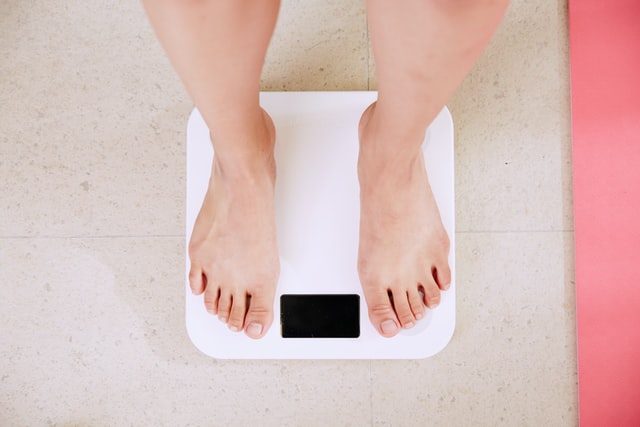
Weight Gain and Obesity
If you’re overweight or obese, you should definitely receive routine vein health checks. The additional weight on the veins causes the walls and valves in the veins to weaken. This leads to pooling blood, varicose veins, and may also be a contributor to blood clots.
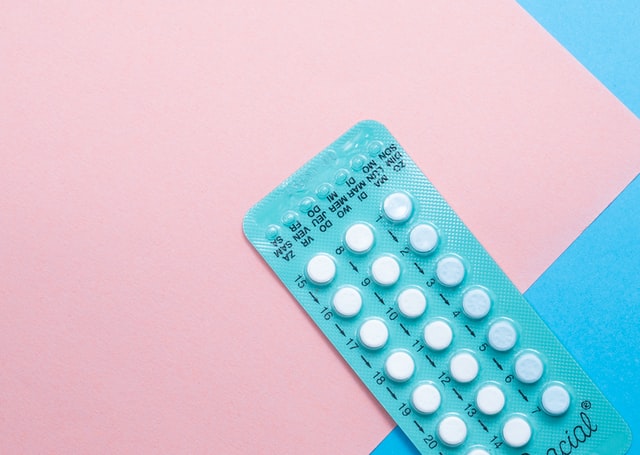
Hormones and Venous Disease
In addition to the hormonal changes experienced during pregnancy, hormonal fluctuations which occur throughout your life may also contribute to venous disease. However, hormonal therapies are also a reason to receive routine vein health checks. For women taking hormonal birth control, the risk of blood clots increases. This is especially true for women over 35. For men, testosterone replacement therapy can lead to venous disease and blood clots. Be sure to discuss these risk factors with your prescribing physician and seek a vein health check to catch any concerning symptoms early.
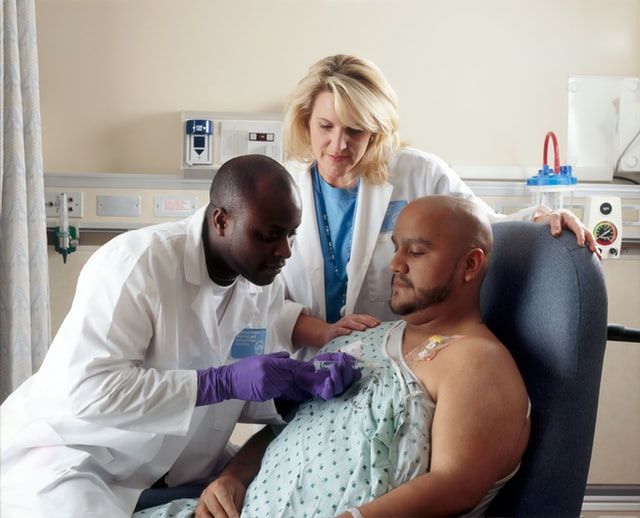
Chronic Health Conditions Connected With Venous Disease
Any chronic illness that leaves you sedentary for long periods of time can lead to venous disease. As an example, lupus and fibromyalgia lead to chronic fatigue and pain, which keeps you from moving around enough for healthy circulation. Chronic back pain, respiratory diseases like asthma or COPD, and rheumatoid arthritis can all leave you lying around with poor circulation, varicose veins, and blood clots. Seek a vein health check and learn how you can prevent venous insufficiency even when you’re laid up.
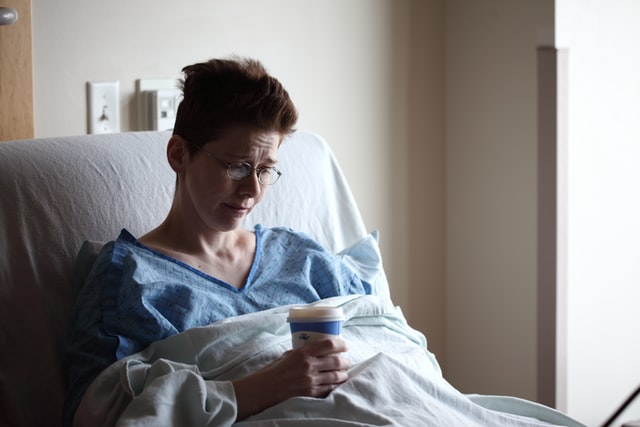
Injury, Illness, and Surgeries With Long Recovery
Any time you’re hospitalized, the risk of blood clots goes up. Ask your doctor about VTE preventive measures such as early ambulation, compression on your legs to improve circulation and in some cases blood thinners. If you have a surgery scheduled, plan ahead and remember to discuss preventive measures with your physician or surgeon.
After recovery, it may be a good idea to get a vein health check, especially if you have had multiple hospitalizations or surgeries.

